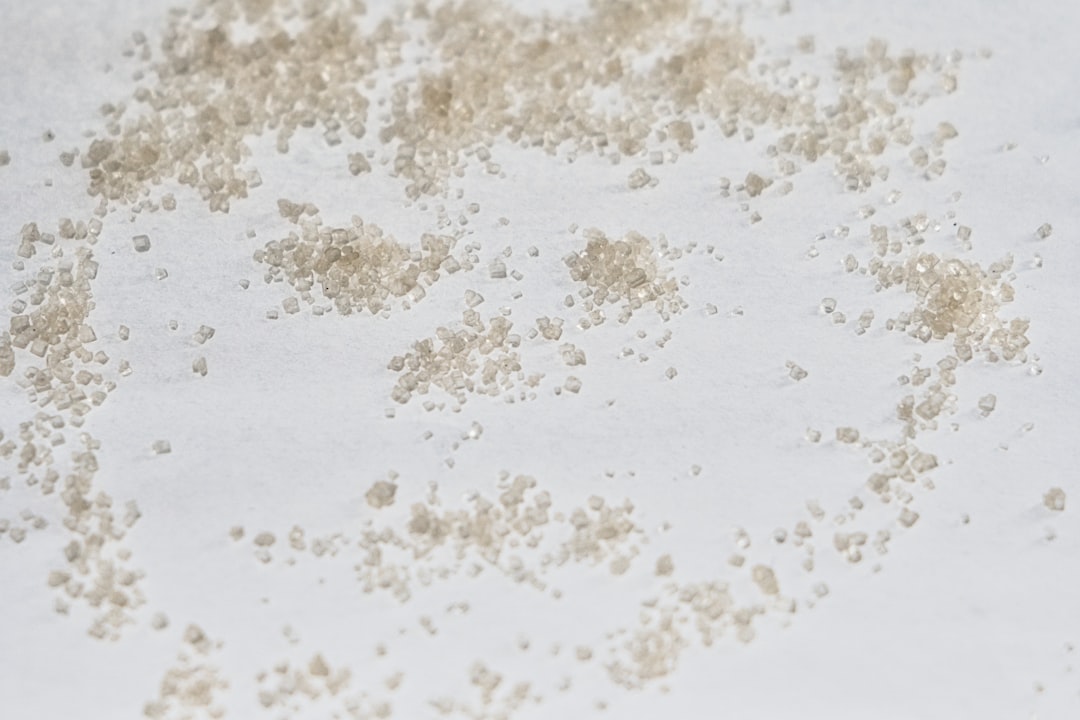What is it about?
The research paper investigated ways of improving the accuracy of machine learning algorithms in predicting the energy content of hydrochar. The study found that using Bayesian optimization results in the most effective approach for prediction. This research can help people quickly and efficiently evaluate the quality and energy content of hydrochars, aiding industry professionals in making decisions about using biomass resources for power generation or other applications. Additionally, using these prediction models can help optimize biomass conversion processes and improve energy efficiency while managing biomass more sustainably and efficiently. The findings have implications for our ability to use natural resources more efficiently and sustainably.
Featured Image

Photo by Alina Grubnyak on Unsplash
Why is it important?
The unique aspect of our work is the use of Bayesian optimization to improve the prediction capabilities of machine learning algorithms for hydrochar higher heating values (HHV). This approach had the lowest prediction errors and highest R2 compared to other methods and has practical applications in evaluating the energy content of hydrochars quickly and efficiently. Additionally, our findings have implications for optimizing biomass conversion processes and improving energy efficiency while managing biomass more sustainably. Our research is timely as there is a growing need to find more sustainable ways of using natural resources, and our work can contribute to this global challenge by enabling better decision-making processes in the industry. By highlighting the practical applications of our work, we hope to increase readership among stakeholders interested in sustainable energy, including policymakers, experts, and industry professionals.
Read the Original
This page is a summary of: Prediction of higher heating value of hydrochars using Bayesian optimization tuned Gaussian process regression based on biomass characteristics and process conditions, Biomass and Bioenergy, January 2024, Elsevier,
DOI: 10.1016/j.biombioe.2023.106993.
You can read the full text:
Contributors
The following have contributed to this page










